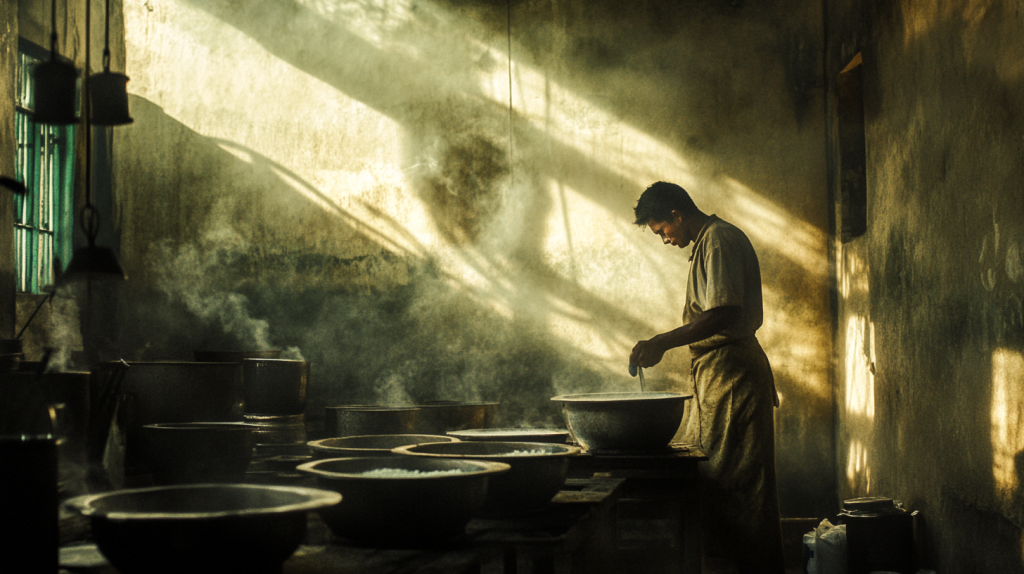Everyday items often have fascinating histories, some of which are surprisingly dark and disturbing. Let’s explore the hidden origins behind these 28 common objects and uncover their unsettling pasts.
1. Sugar
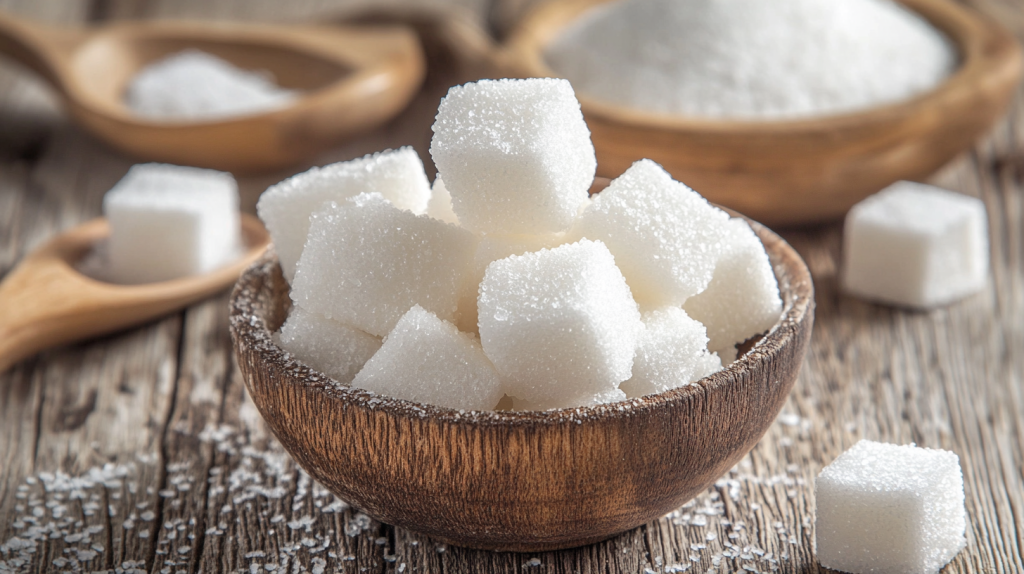
Sugar may sweeten our lives, but its history is far from sweet. In the 17th and 18th centuries, sugar production in the Caribbean was fueled by the brutal transatlantic slave trade. Enslaved Africans were forced to work under harsh conditions on sugar plantations, leading to immense suffering and loss of life.
2. Rubber
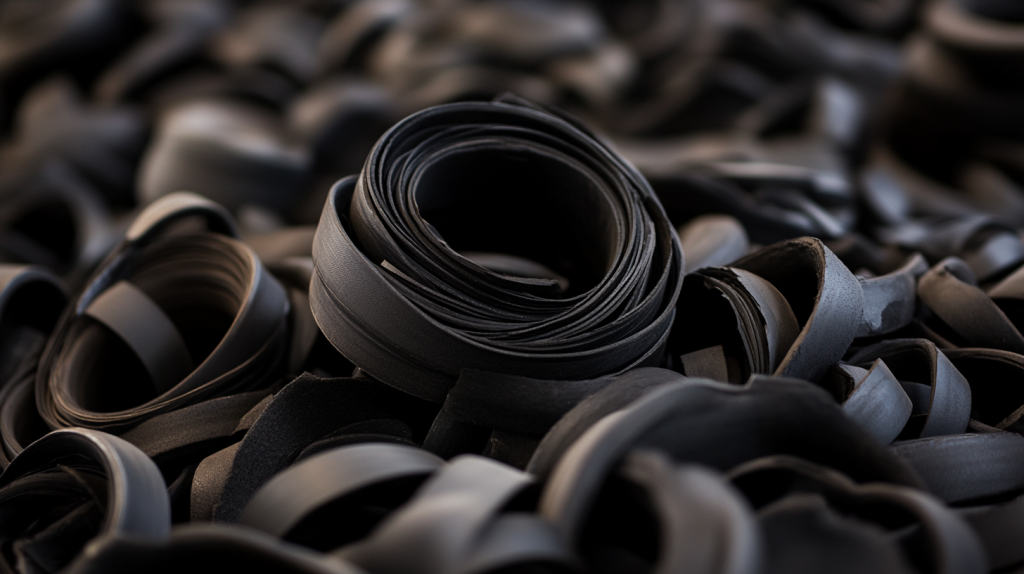
Rubber, used in countless products from tires to gloves, has a grim past linked to colonial exploitation. In the late 19th and early 20th centuries, the demand for rubber led to the exploitation of indigenous people in the Congo and Amazon, who were subjected to horrific violence and forced labor.
3. Coffee
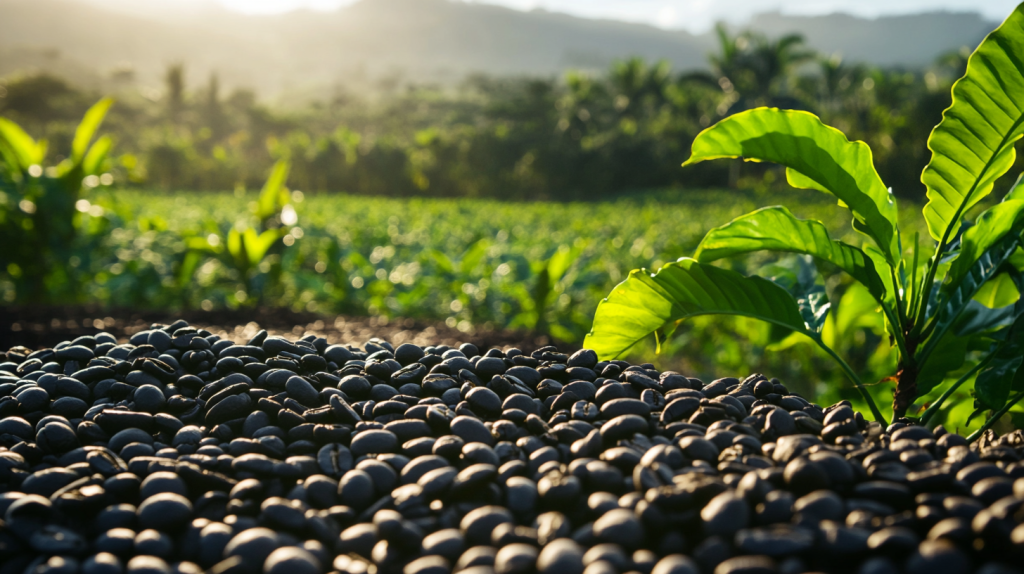
Coffee powers our mornings, but its production has often relied on exploitation. Throughout history, coffee plantations in Latin America and Africa have used slave labor and, more recently, exploitative labor practices that pay workers very little and subject them to harsh conditions.
4. Cotton
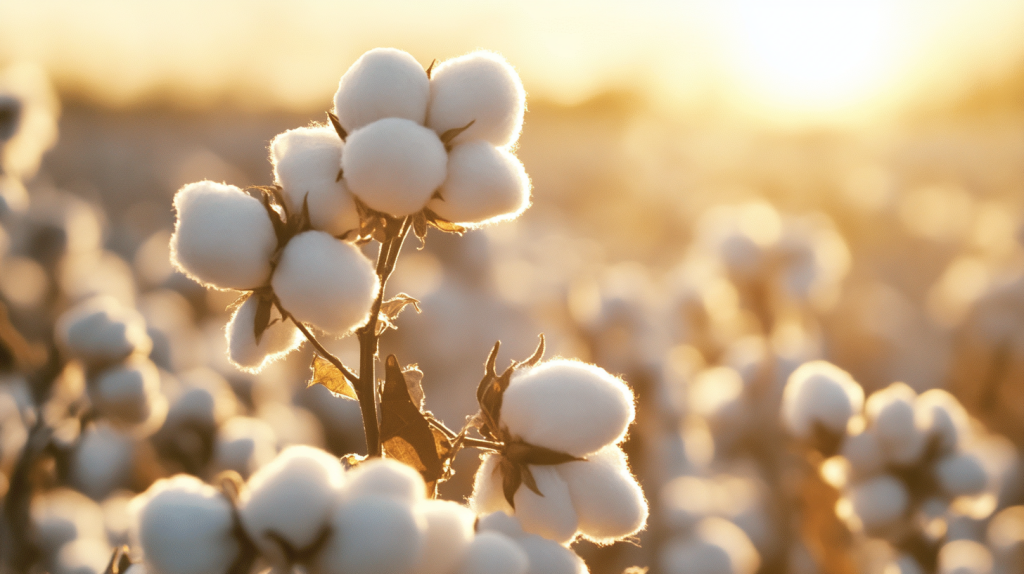
Cotton is a staple of the textile industry, but its cultivation has a dark history, particularly in the United States. The cotton economy in the 18th and 19th centuries was built on the back of enslaved African Americans, who endured brutal working conditions and dehumanization.
5. Diamonds
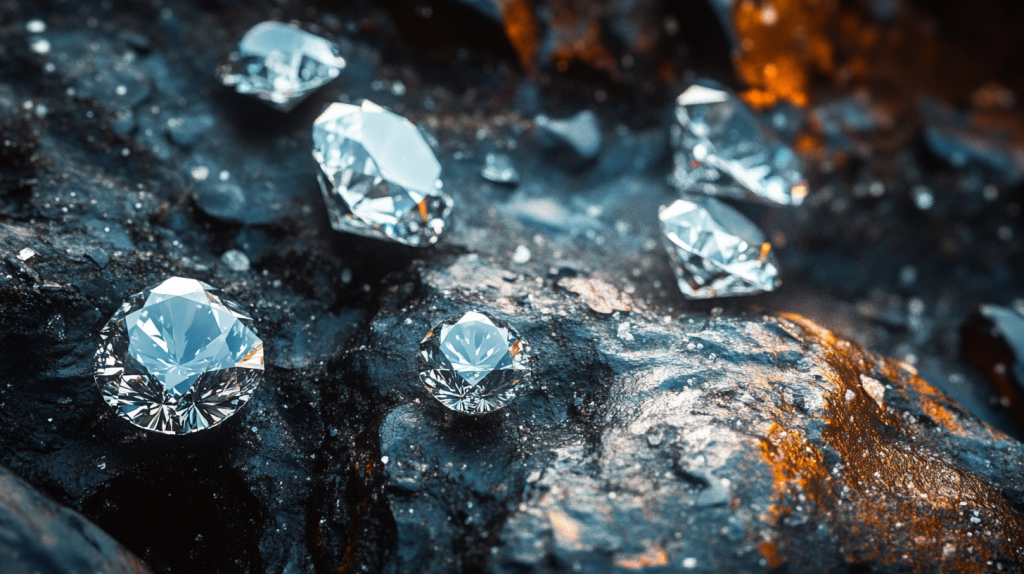
Diamonds are symbols of love and luxury, yet many are tainted by violence. “Blood diamonds” are mined in war zones, often in Africa, where profits fund armed conflict and human rights abuses. The extraction process can involve forced labor and environmental destruction.
6. Chocolate
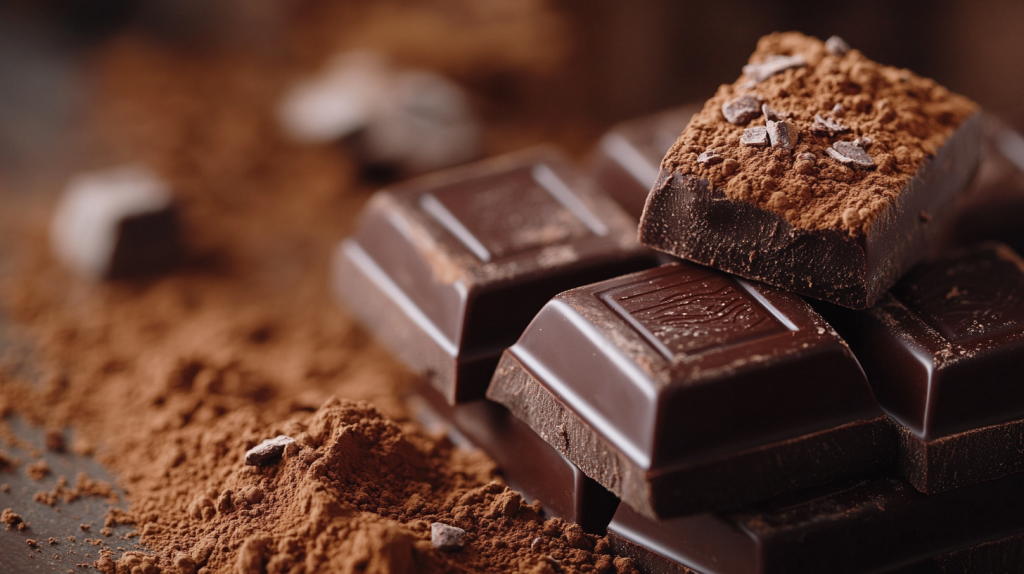
Chocolate is a beloved treat, but its production can involve child labor and exploitation. In West Africa, where much of the world’s cocoa is grown, children are often forced to work on cocoa farms under dangerous and harsh conditions.
7. Tea
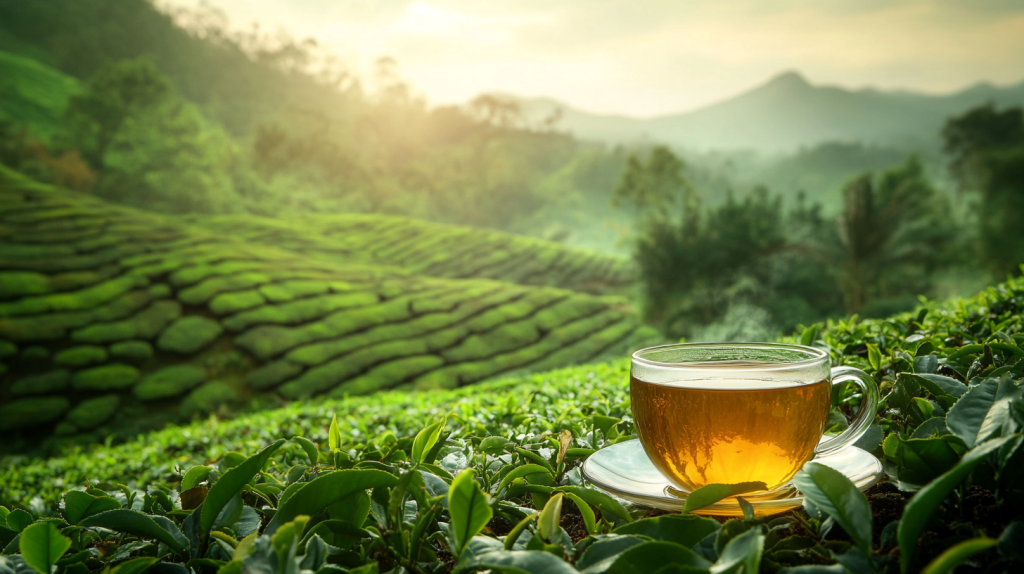
Tea is enjoyed worldwide, but its history is steeped in colonialism and exploitation. The British Empire’s demand for tea led to the colonization of India and the use of indentured laborers who worked in poor conditions on tea plantations.
8. Tobacco
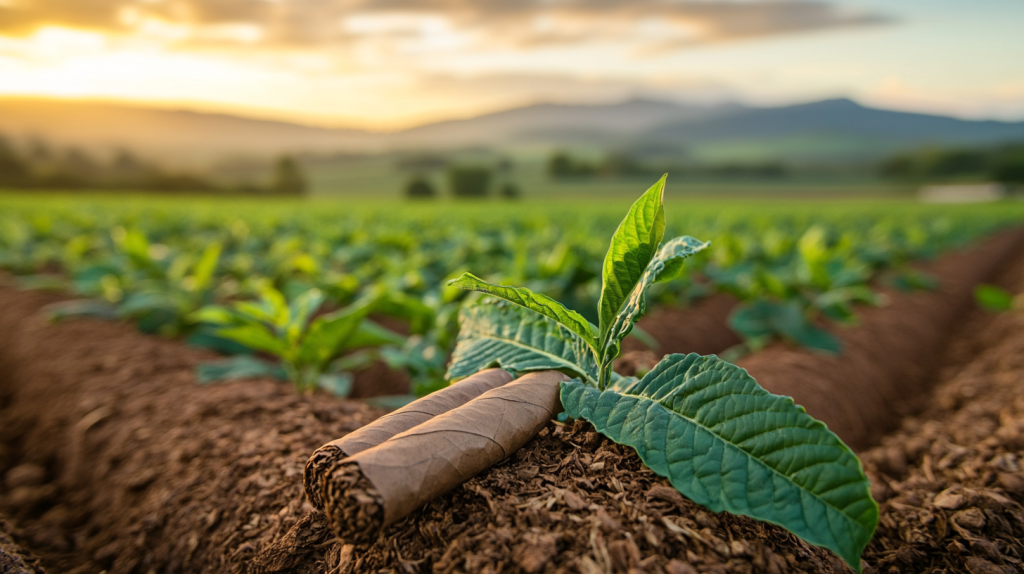
Tobacco has long been a profitable crop, but its cultivation in the United States relied heavily on the labor of enslaved people. The tobacco industry has also been linked to aggressive marketing tactics, targeting vulnerable populations and causing widespread addiction and health problems.
9. Silk

Silk is prized for its beauty and texture, but its production can be harsh. In some parts of the world, silk farming involves the exploitation of workers, including children, who are exposed to dangerous chemicals and arduous working conditions.
10. Rubber Bands

Rubber bands seem innocuous, but they share the same troubling history as rubber. The extraction of latex for rubber bands historically involved the exploitation and mistreatment of indigenous people in rubber-producing regions.
11. Denim Jeans
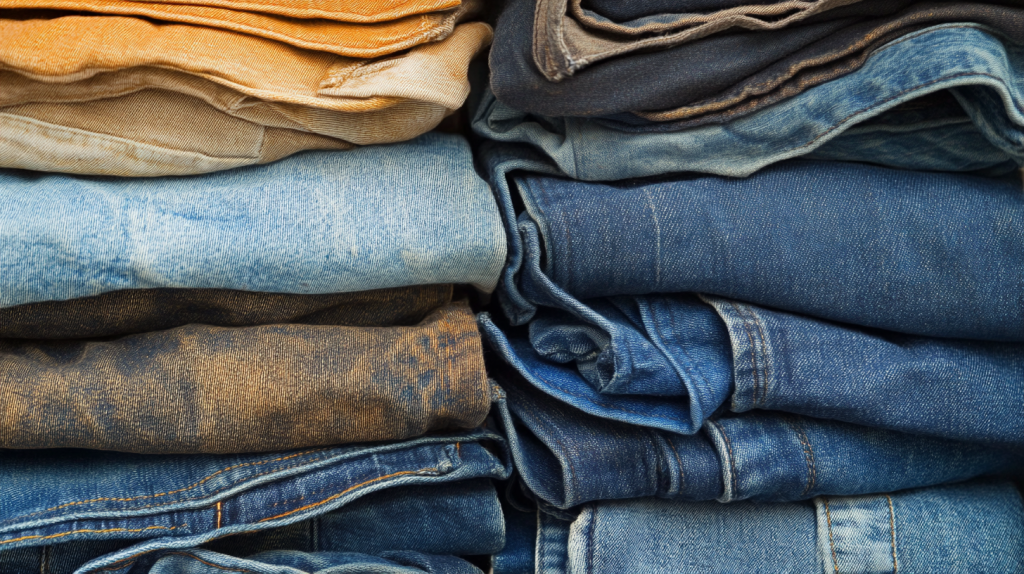
Denim jeans are a fashion staple, but their history is linked to harsh labor conditions. The cotton used in denim was historically picked by enslaved people, and even today, garment workers often face poor working conditions and low wages.
12. Bananas
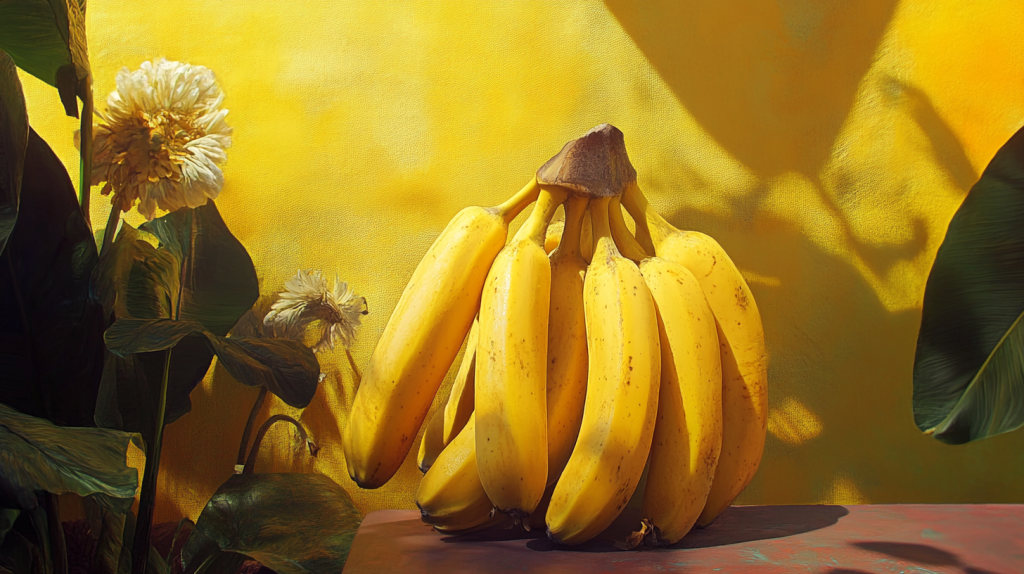
Bananas are a favorite fruit, but their production has a troubling past. In Central and South America, banana plantations have been associated with exploitative labor practices, land dispossession of indigenous people, and environmental damage.
13. Spices
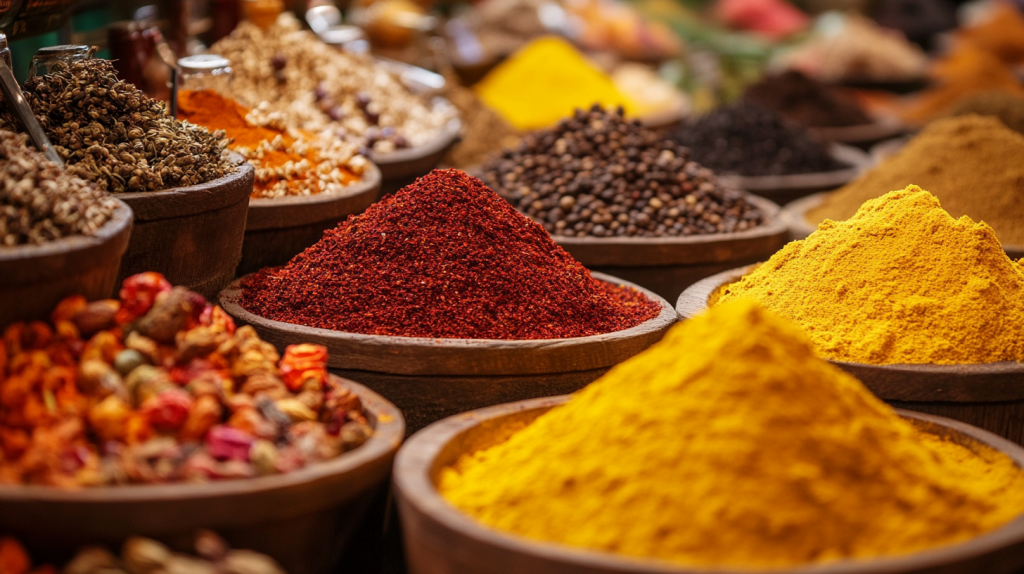
Spices add flavor to our food, but their history is one of conquest and exploitation. The spice trade in the 15th and 16th centuries led to colonization, enslavement, and violent conflicts as European powers vied for control over spice-producing regions.
14. Perfume

Perfume might smell lovely, but its history involves animal cruelty. Some traditional perfumes were made using animal-derived ingredients, such as civet and musk, obtained through inhumane practices.
15. Sugarcane Alcohol
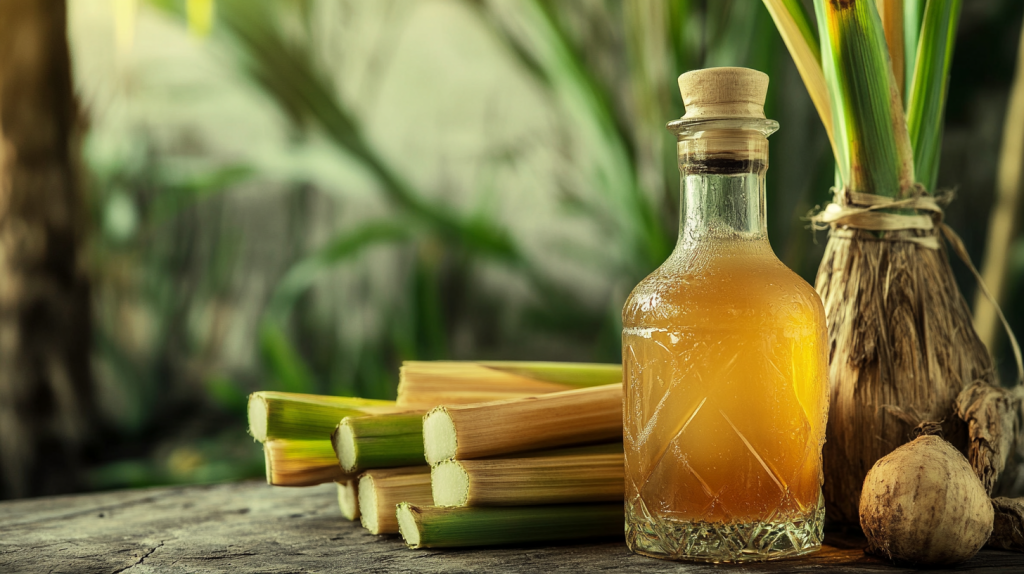
Sugarcane alcohol, like rum, has roots in the dark history of the sugar trade. Enslaved people on sugar plantations were often forced to produce both sugar and the alcohol distilled from it, enduring brutal conditions.
16. Pearls

Pearls are considered treasures of the sea, but their collection has often involved dangerous and exploitative labor. Pearl divers, historically and even today in some regions, risk their lives and health to retrieve these gems from the ocean.
17. Silk Rugs

Silk rugs are luxurious, but their production can involve the exploitation of workers, including children, who work long hours in unsafe conditions. The silk used in these rugs also shares the dark history of the silk industry.
18. Makeup
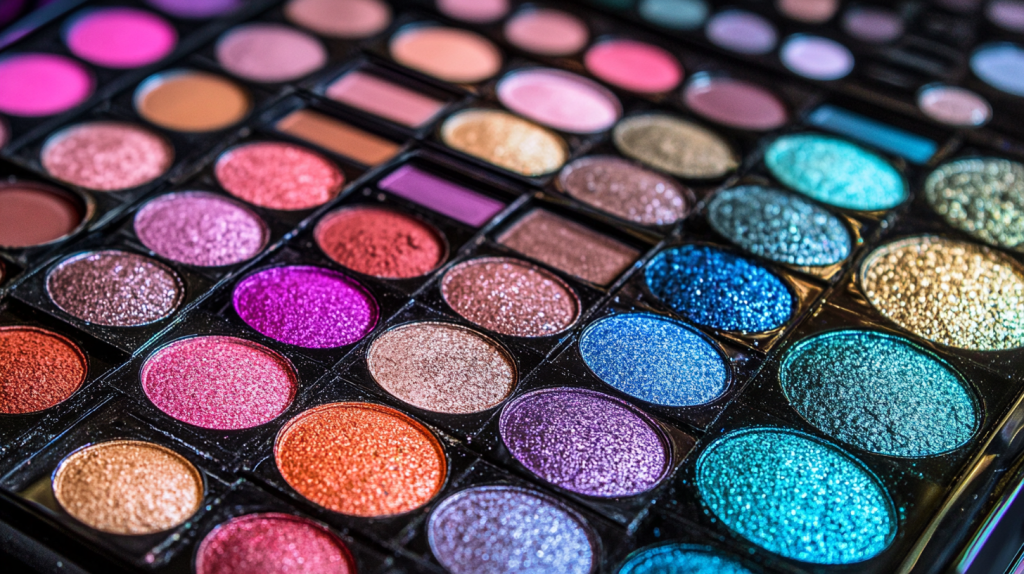
Makeup enhances beauty, but its ingredients and production can be problematic. Some cosmetics have historically used harmful substances like lead, and modern production often involves animal testing and exploitative labor practices in developing countries.
19. Leather

Leather goods are popular, but their production has environmental and ethical issues. Tanning leather often involves toxic chemicals that harm workers and the environment. Additionally, the leather industry contributes to animal cruelty.
20. Wine

Wine is a beloved beverage, but its production has a history of exploitation. Vineyards have often relied on low-paid, seasonal laborers who work in poor conditions, and the industry has faced issues with human rights abuses.
21. Silver

Silver is valued for its beauty and utility, but its extraction has a dark side. Historically, silver mining, particularly in South America, involved forced labor under brutal conditions. Modern mining still poses serious environmental and ethical issues.
22. Glass
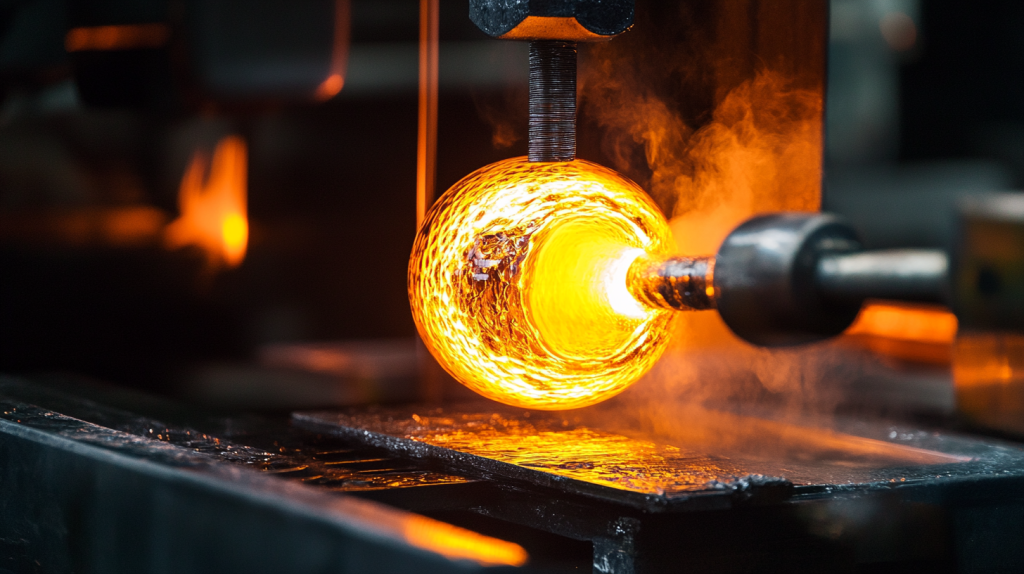
Glass production might seem harmless, but its history includes forced labor. In ancient Rome, enslaved people were used to produce glassware, enduring harsh conditions in the process.
23. Sugar Skulls
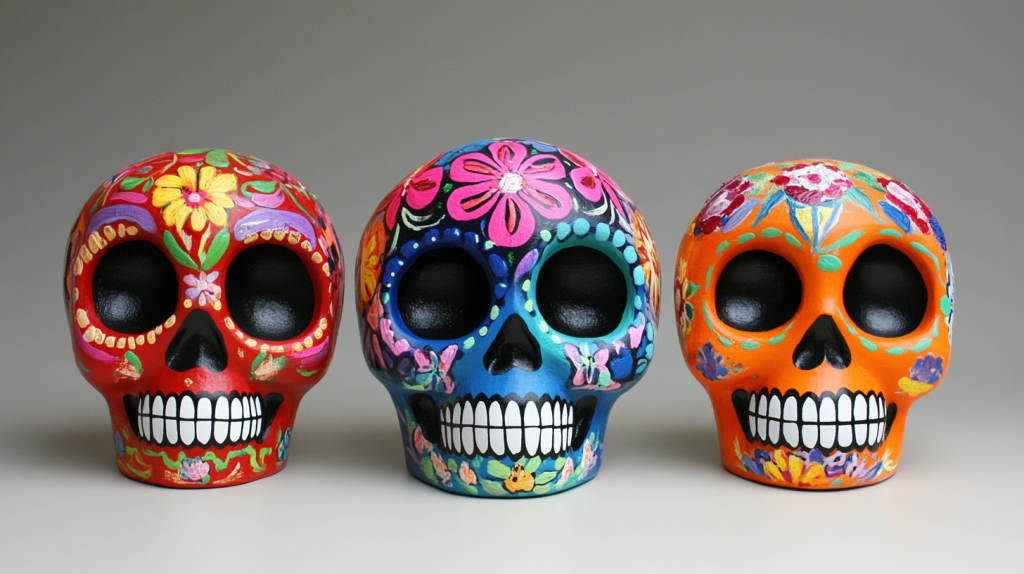
Sugar skulls are used in Day of the Dead celebrations, but their sugar base has ties to the brutal sugar trade and its legacy of exploitation and suffering in the Americas.
24. Carpets

Carpets are common in homes, but their production can involve child labor and exploitation. In some countries, children work long hours in unsafe conditions to weave carpets, often at the expense of their education and health.
25. Granite Countertops

Granite countertops are popular in kitchens, but their quarrying and production can involve dangerous working conditions and exploitation. Workers in granite quarries often face health risks from dust and unsafe practices.
26. Pencils

Pencils seem innocent, but their production can involve child labor. In some countries, children work in graphite mines under dangerous conditions, and the industry has faced criticism for exploiting young workers.
27. Fireworks

Fireworks light up our skies, but their production has a dark side. In some countries, fireworks factories employ children and adults in unsafe conditions, leading to accidents and injuries.
28. Fish Sauce
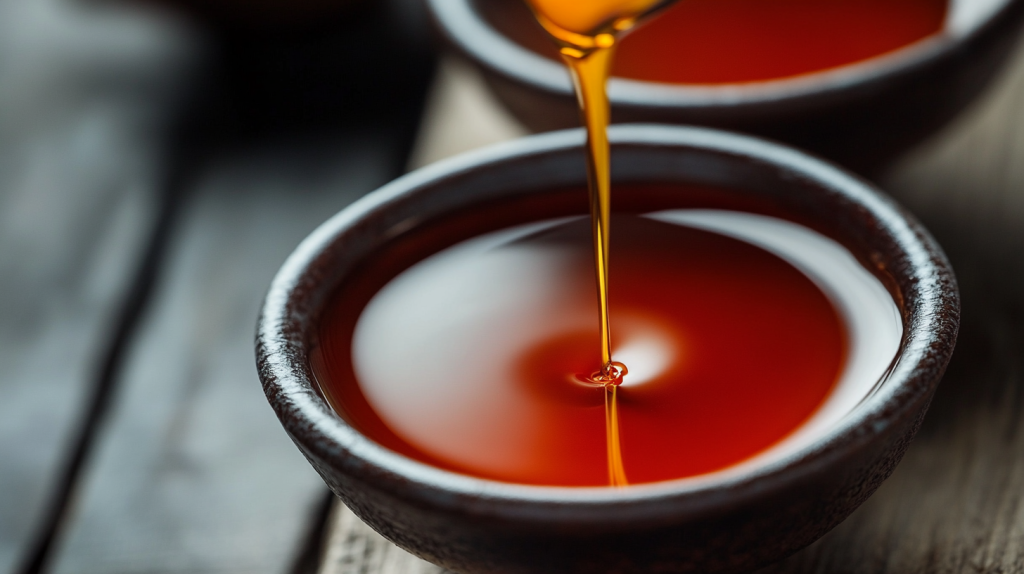
Fish sauce is a staple in many cuisines, but its production can involve labor exploitation. Workers in fish processing plants often face poor working conditions, low pay, and health risks from handling raw fish.
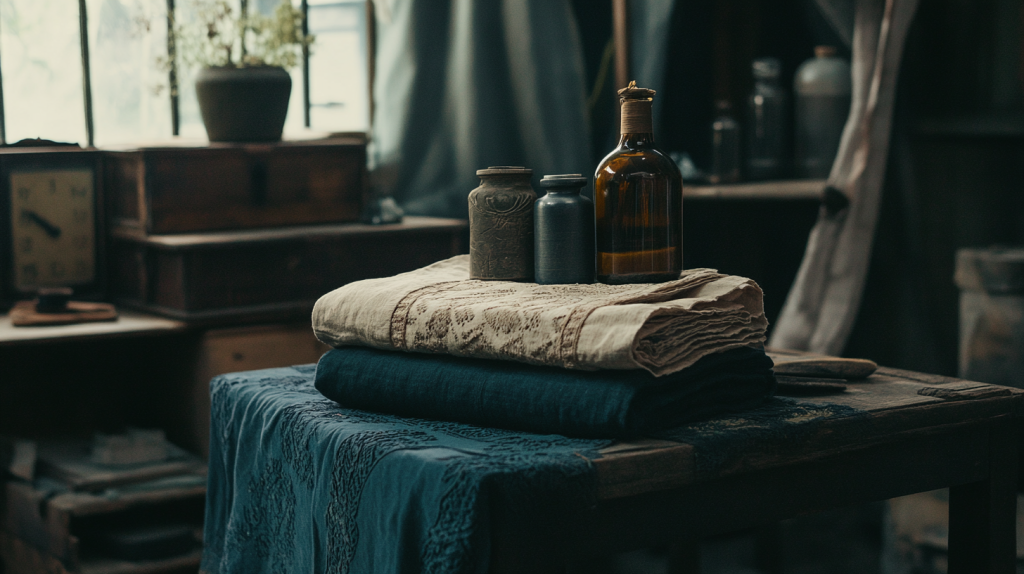
These everyday items remind us that behind the conveniences and luxuries we enjoy, there can be hidden histories of suffering and exploitation. By being aware of these dark origins, we can make more informed choices and advocate for fairer, more ethical production practices.
Ellen has been obsessed with logic puzzles, jigsaws, and cryptograms since she was a kid. After learning she was taught how to play chess wrong by a family friend (so they could win), she joined her school chess club and the rest is history.
